TCL's big plan pairs foldable phones with a familiar playbook
Rollable, foldable, flexible phones and tablets aren't going to catapult TCL into the number one smartphone spot any time soon, but that doesn't mean the company's ambitions aren't that way inclined. As it pulls back the curtain on just three of a whole portfolio of next-generation concepts, TCL is throwing down the gauntlet to jaded mobile mainstays... and it's borrowing a familiar playbook to do it.
Foldables are "probably the main reason we do TCL smartphones," general manager of global marketing Stefan Streit explained to me. Sure, the company has a handful of new, more traditionally-shaped Android phones in the TCL 10 series arriving on the market this year, including a 5G handset for under $500. What really excites TCL, though, is the potential for flexible displays to really show off its big advantage.
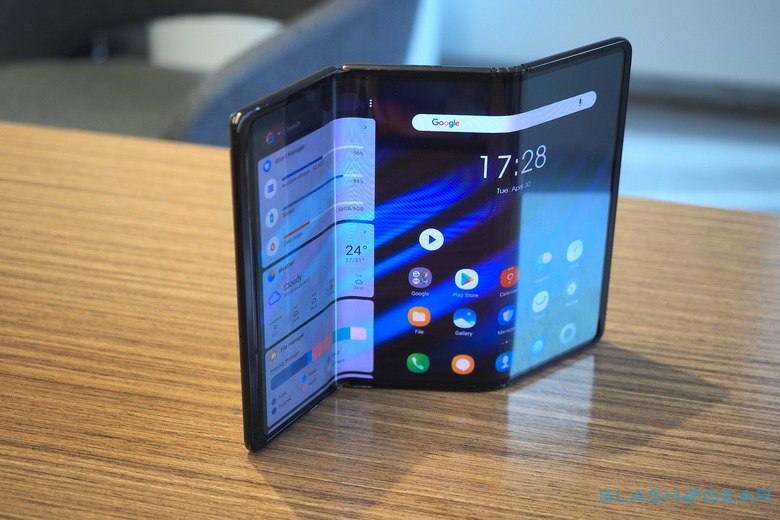
TCL isn't just knocking on display manufacturer doors and begging for their screen scraps. The company has its own display business, in fact, making LCD and OLED panels. It uses them itself, in its TVs and phones, and it sells them to other companies to do the same.
If that all sounds quite familiar, you're not wrong. Leveraging the strengths of vertical integration has been Samsung's strategy over the past decade, as it rose through the ranks of cellular upstart through to one of the two dominant forces in mobile today. Samsung Electronics' proximity to Samsung Display and Samsung Semiconductor has given it a privileged position to cherry-pick the latest and greatest in screens, memory, camera modules, chipsets, and more.
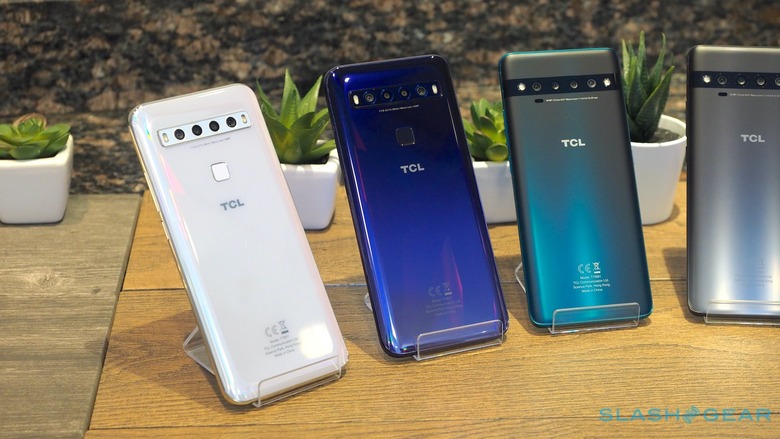
You might not be as familiar with the TCL name as you are with Samsung, but they're definitely not small. As well as display panels it produces appliances, connected home products, and more. It's the second largest TV manufacturer in the world, and the fastest-growing TV brand in the US.
The gap so far has been in mobile. It's a market TCL is no stranger to, having been the company behind the resurgence of Alcatel, Palm, and – until recently – BlackBerry. It also has a long history of making white-label phones for carriers. Now, it wants to attach its own name to its hardware. First with the rectangular slabs we're familiar with, but eventually with a new breed of foldables that tap TCL's display expertise.
"Do we need to rush to the market?" Streit asked, rhetorically. "Do we need to prove that we're first? No." That hasn't stopped the experimentation, mind. TCL has revealed three prototypes so far – a fairly simple clamshell, a 10-inch tablet that folds down along two hinges, and a rollable phone that will motor out to make a mini-tablet – but apparently has around three dozen in total.
Much like Samsung could cherry-pick from the latest tech its display arm had come up with for devices like the Galaxy Fold and Galaxy Z Flip, TCL is making the most of its broader-than-most business. If someone on the phone team has an idea for a prototype, Global Strategic Communications Leader Jason Gerdon tells me, they can pretty much turn to the display team and ask for a custom AMOLED panel. That dramatically cuts down on the hurdles between inspiration and experimentation.
It's not just electronics, either. While the screen may be the obvious technological hurdle, we've already seen from Samsung's stumbles last year that the hinge can be just as troublesome.
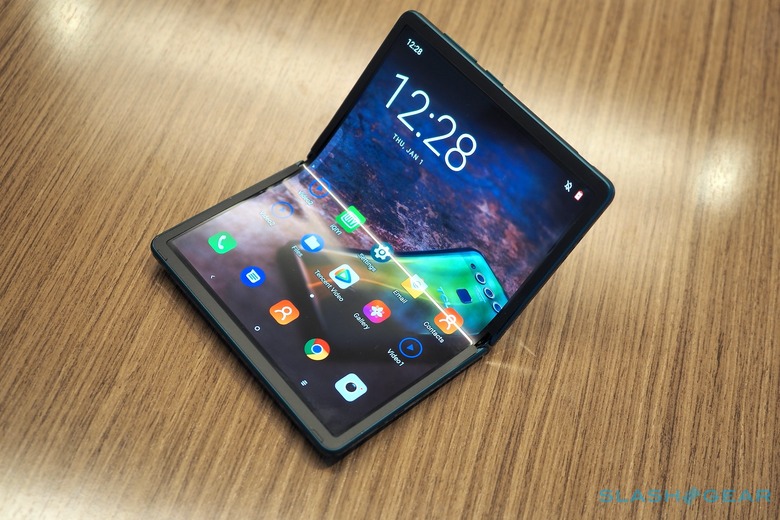
"Most of the phone manufacturers haven't done folding parts for many years," Streit observes, not since the days of flip-phones and sliders. TCL, though, has a whole army of mechanical engineers already working on the hardware for washer and dryer doors, or motorized air conditioner vents. Translating that to a hinge that can hold up to hundreds of thousands of movements in a phone is just a matter of scale.
Clearly, TCL isn't going to launch 30+ different foldables to the market. Nor, though, is it dipping a cursory toe. "It's not one," Streit says, "it's more like a portfolio. Maybe you start with two, add a third ... over time this can become a larger portfolio, or we can make custom products."
When it comes to production, TCL also aims to buck the trend for foldables being excessively premium in their pricing. The company's big play for the "premium mid-tier" with the TCL 10 series – an area in mobile that has been fairly neglected in recent years – is no accident.
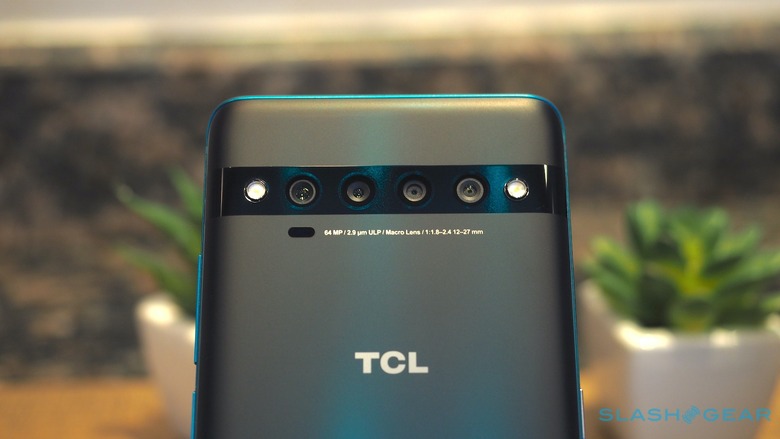
Just as it has relentlessly worked to bring the cost of its TVs down, despite offering things like QLED, Mini-LED, and 8K, TCL also aims to do the same for foldables and rollables. It's too early to talk specific numbers, but Streit and Gerdon point to the reality that any TCL phone would have to fit within the overall context of the company's portfolio as a whole.
The recently-announced Huawei Mate Xs, by way of example, is around $2,700. That, Gerdon says, makes the foldable phone almost as expensive as TCL's largest, most advanced TV, the 65-inch QLED 8-Series.
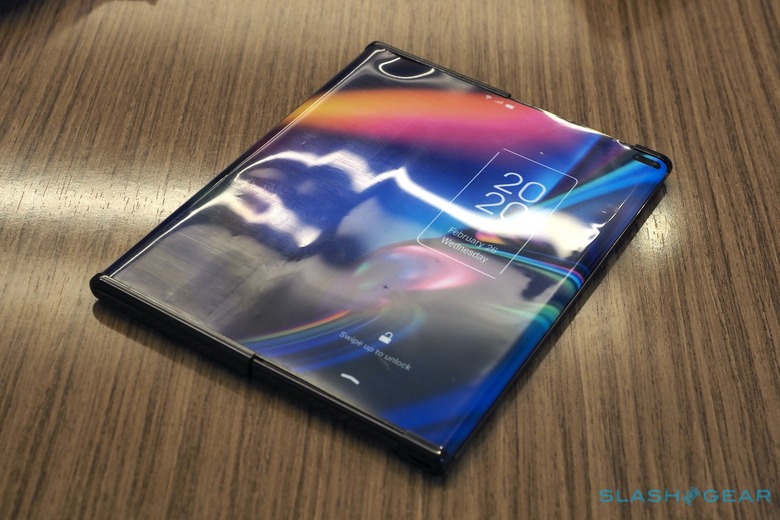
The reality is that, just as the vertical integration helped with the concept program, so it will help bring flexible screens down to more attainable price points. At the same time, TCL's display division will continue selling to other phone-makers – though only the panels, not the clever hinges – fueling a steady pressure to drive down manufacturing costs.
Samsung isn't a perfect roadmap for an electronics company. For all its successes in recent years, Samsung's 2019 saw it struggling: revenue fell compared to the previous year, and overall profit halved. Stung perhaps by perennial accusations that it copies rather than innovates, it rushed out the original Galaxy Fold so as to be first to the market, only to find itself mired in a PR nightmare as the screens on its new flagship failed.
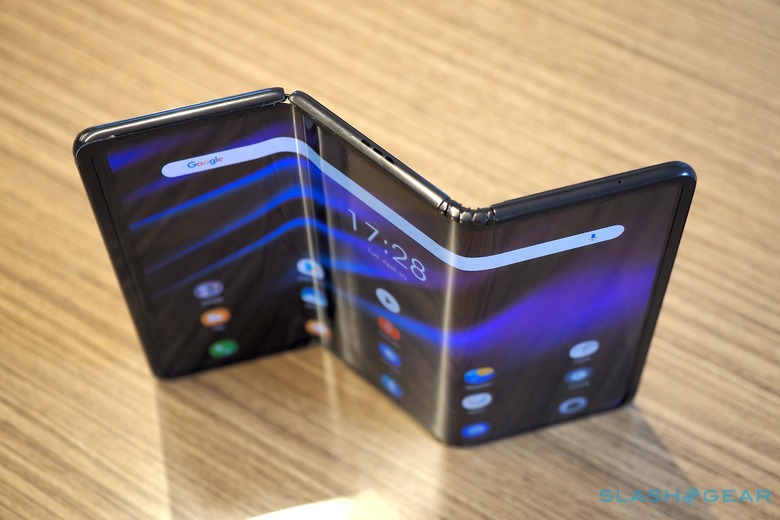
Just because you make the constituent parts, then, doesn't mean you're guaranteed to build a successful device at the end of it. All the same, I keep coming back to the excitement I felt when Streit first pulled the rollable smartphone concept out and showed me its trick extending screen. Non-functional mockup be damned, my arms automatically reached out like a zombie seeking brains. I needed to play with it. If TCL can capture some of that feeling with its production foldables, well, maybe it's onto something.
